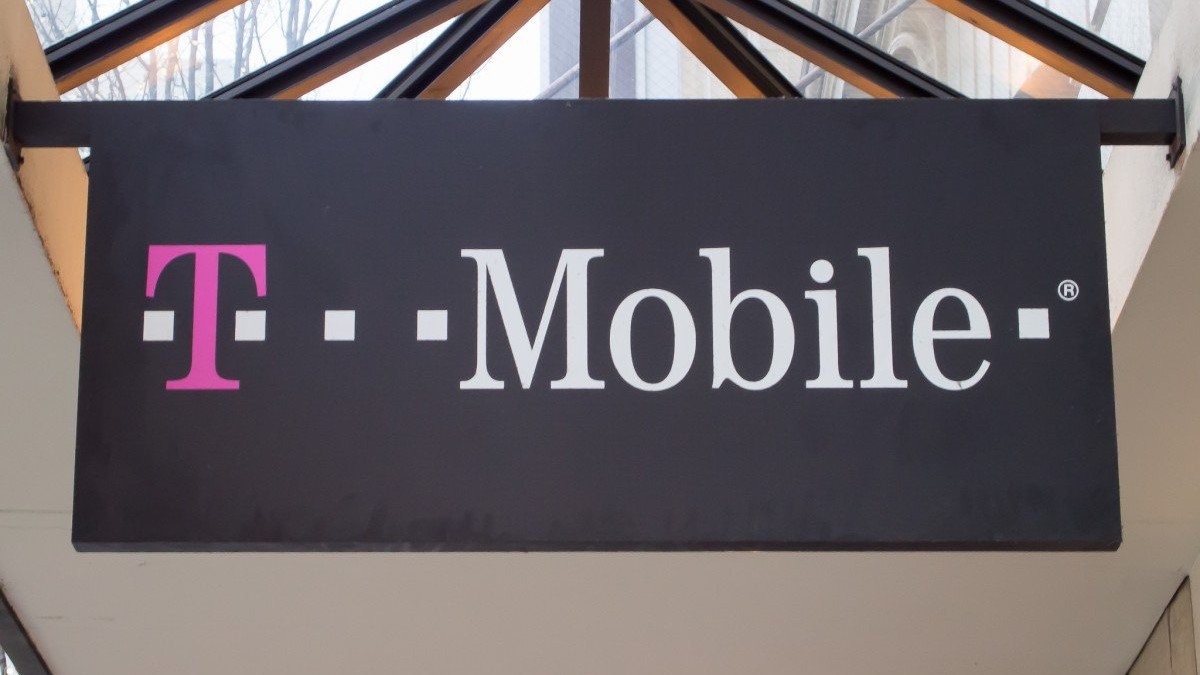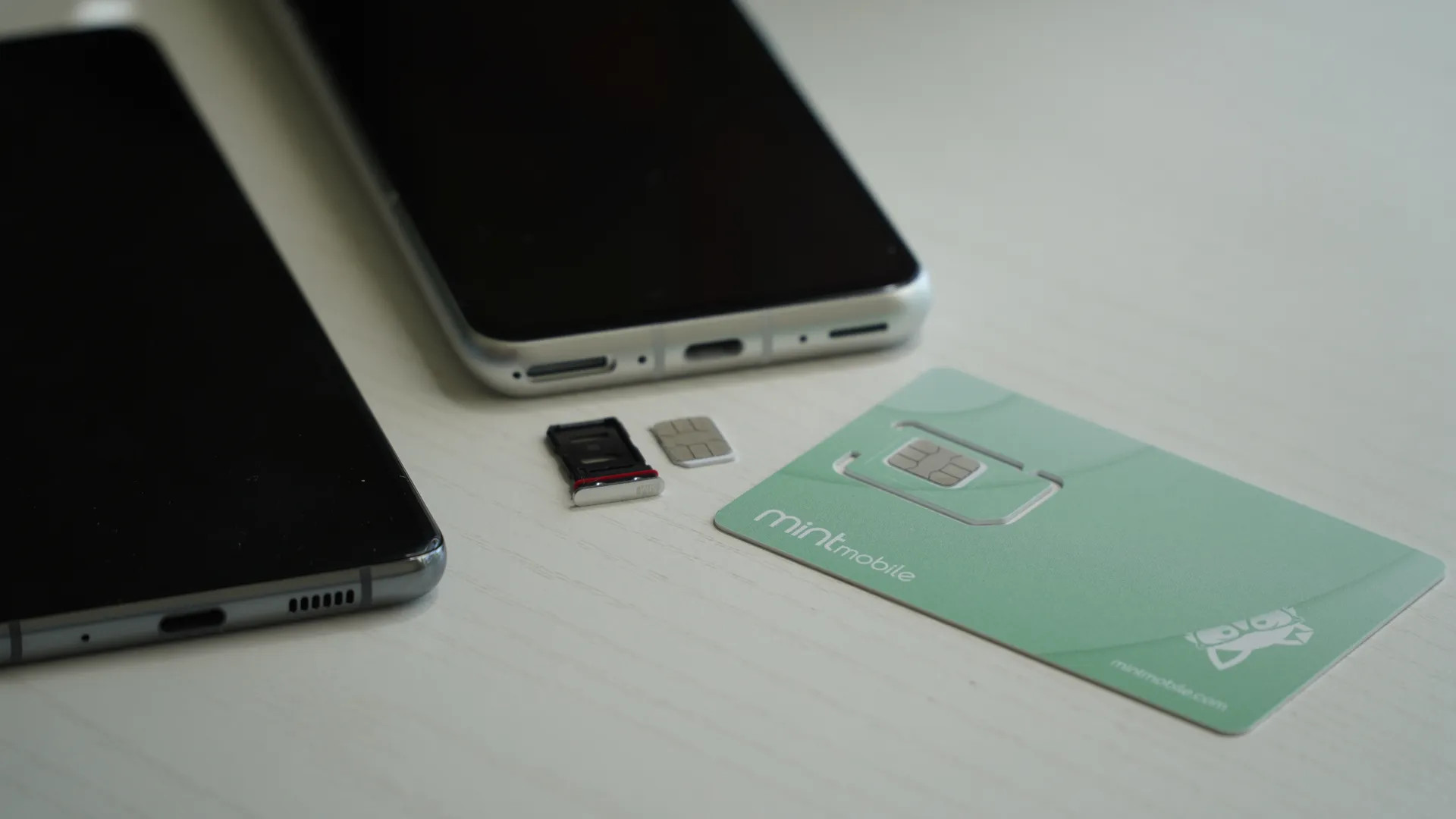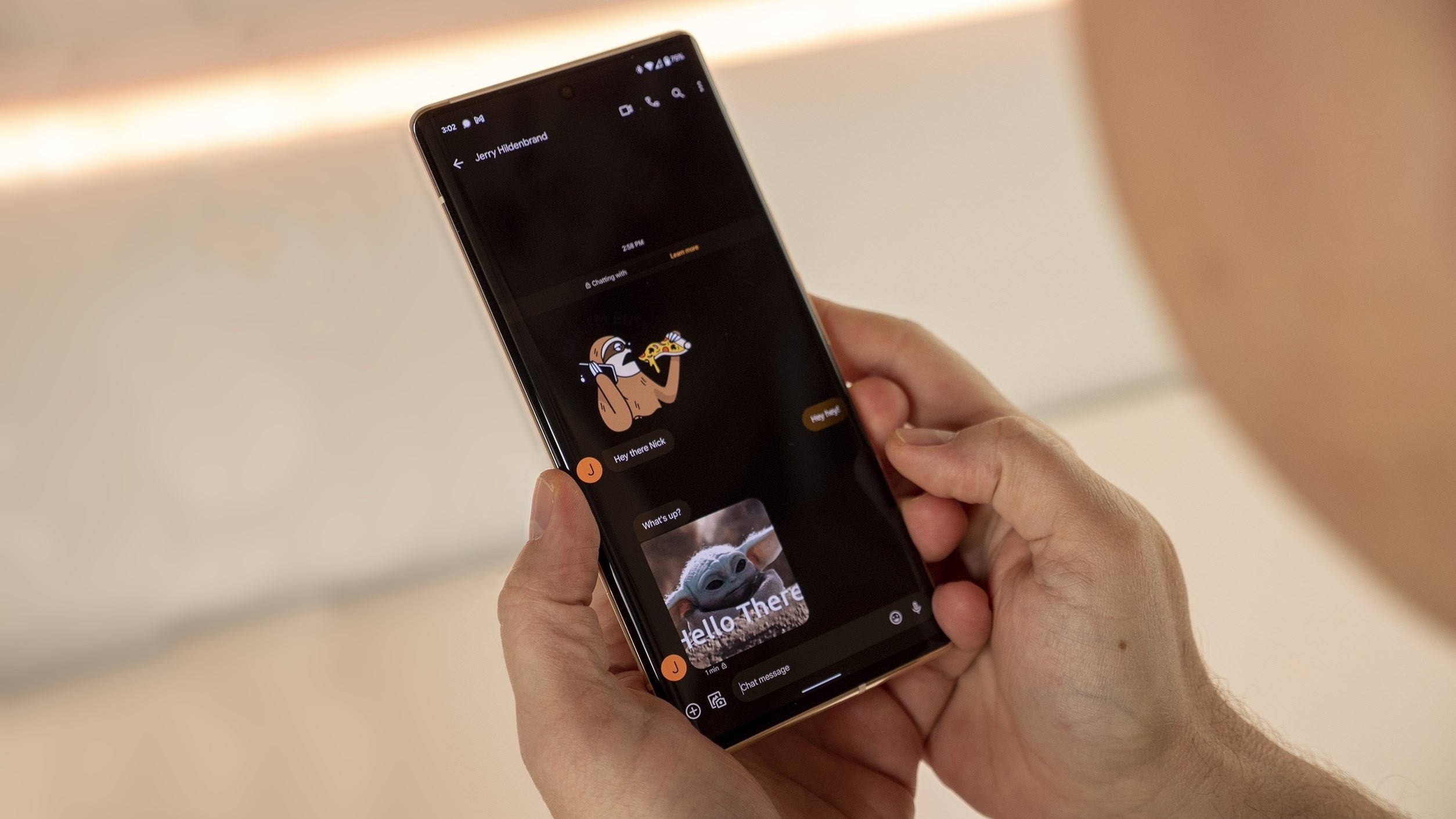Tech Talk: How does an MVNO work?
Tech Talk

How it works, explained in a way that everyone can understand. Your weekly look into what makes your gadgets tick.
Welcome to Tech Talk, a weekly column about the things we use and how they work. We try to keep it simple here so everyone can understand how and why the gadget in your hand does what it does.
Things may become a little technical at times, as that’s the nature of technology — it can be complex and intricate. Together we can break it all down and make it accessible, though!
You might not care how any of this stuff happens, and that’s OK, too. Your tech gadgets are personal and should be fun. You never know, though, you might just learn something …
What is an MVNO?

MVNO stands for Mobile Virtual Network Operator, and it’s another company that offers service for all your connected gadgets. You’ve heard of them even if you didn’t know it; companies like Cricket Wireless, Mint Mobile, and Google Fi are all MVNOs.
What that really means is that they lease giant amounts of usage rights from bigger carriers with actual infrastructure like towers and cables in place. Take Google Fi Wireless, for example. It’s a separate company, but it runs on T-Mobile’s U.S. network, with many agreements outside of the U.S., allowing it to operate almost anywhere in the world.
The agreement means they are sort of like you, a customer of a major cellular carrier. Of course, they do things a lot differently and use a lot more of the network than you or I ever will.
Things get a little murky with some of these arrangements. What I mean is that a physical network carrier like Verizon can also run an MVNO that uses its network (in this case, Visible).
The company books are kept separately, and there are different plans and rules, but the big company also owns the small company. I don’t know why they choose this route versus offering different plans with similar pricing, but I’m sure it’s a wise business decision. Carriers are really good at those.
So what’s the difference?

While they seem to be duplicates of each other, they really aren’t. There are three major differences between an MVNO and a “regular” carrier.
The first one, and what you might have read about on the internet, is that an MVNO can offer service at much cheaper rates. In some cases, prices are almost cut in half for what sounds like the same service plan on the same network. That’s kind of true, but you need to know about the other two differences as well.
Next is the difference in customer service. Now I’m not saying that big carriers like AT&T or Orange offer excellent customer service, but they do offer more help than you’ll get from a typical MVNO. Cutting back on customer support staff is one of the ways that an MVNO can offer such cheap service. They won’t leave you high and dry, but don’t expect expert answers for every question you might have or a quick solution to every problem.

Finally, we have to talk about network deprioritization. What sounds like a made-up word is a real thing, and it happens frequently in some places. When a network location gets really crowded and it starts to affect the quality of your connection, MVNO customers take a backseat to customers of the parent network.
I know that sounds confusing, so here’s a real-world example of it in action: I use Google Fi for my carrier, but until recently, my wife used T-Mobile. Google Fi uses the T-Mobile network, so coverage and quality are the same 99% of the time. The one percent difference? If we take a trip to downtown D.C. for any sort of event, like seeing the cherry blossoms or for the July 4 fireworks show, my phone service sucks.
T-Mobile customers have priority when it comes to using the network, and MVNO customers, like me and my Google Fi phone, get to use what’s left over. When it’s super crowded and people are densely packed into a smaller area, your MVNO carrier connection can suffer. It’s a real thing, even though you won’t see it very often.
Should you use one or should you stick with the big companies?

If you make the switch to an MVNO, you will save money, that’s for sure. But you need to be aware of and OK with the drawbacks.
Are you the type of person who doesn’t want to hassle with problems? If you would rather carry your phone into the carrier store and let them fix whatever is wrong, then an MVNO might not be for you.
A bigger issue is the coverage. I live way out in the suburbs and never see any depriorization issues in my day-to-day life. But as mentioned, they are there, and it does happen. If you live or work somewhere like Manhattan or Los Angeles, you might not get the quality of service you want when you use an MVNO, especially during peak times when people are using their mobile devices.

What you really need to do is try it for yourself. All MVNOs offer a month-to-month service plan, and many even allow you a risk-free trial for just this purpose. Don’t shut off your current service, but order a SIM card from any of the popular MVNOs that seem like a good fit and give it a try. If you can test under the worst conditions, like a holiday or during a sporting event, even better. Make sure you have service when and where you’re going to need it.
If it doesn’t work for you, that’s OK. You can always try again next year, because the improvements carriers make to their networks also benefit the MVNOs that use their infrastructure.
If it does work, and you’re okay with being your own first level of support, you can save yourself a significant amount of money.














Post Comment